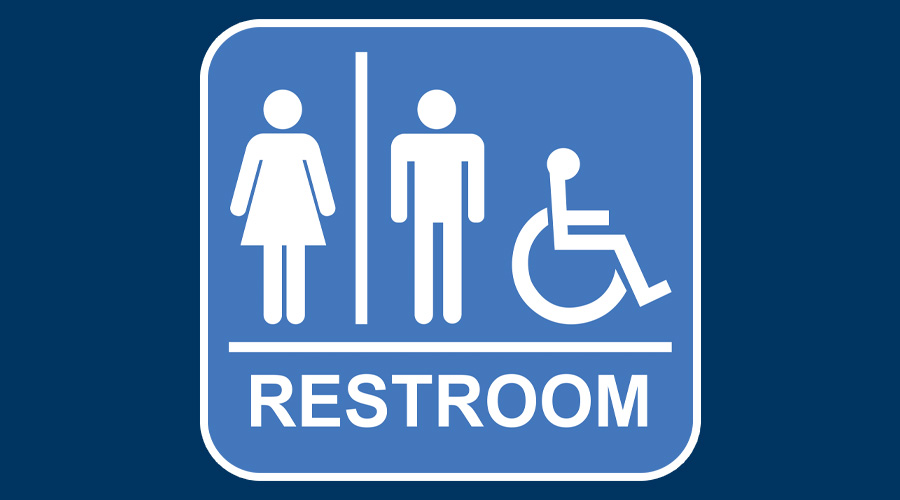Restrooms are not always the flashiest subject to talk about, however, they are still an important part of a healthcare facility. As such, healthcare facilities managers are keen on keeping the restrooms running in proper order. Part of this can be done through adopting newer technology into the restrooms. There are many things to consider when doing so, and there are also just as many technologies to choose from.
Unsurprisingly, a lot of facility product decisions were influenced by the COVID-19 pandemic. Since COVID-19 could spread easily from contact with infected surfaces, there was a greater need for contactless dispensers.
“During COVID we saw a lot more on hands free type dispensers going on the walls, which are a lot more hygienic, efficient and quite cost-effective,” says Phil Carrizales, director of hygiene and facilities solutions at Acme Paper and Supply Company.
Healthcare facilities are also embracing restroom dispensers equipped with Internet of Things (IoT) technology. IoT is when devices connected to a network communicate with other devices and send each other various forms of data.
Carrizales says sensors are built into the dispensers. At certain thresholds, the sensor will send different indicators of what the current level of product in the dispenser is at. These indicators are displayed on a dashboard, whether it be through a smartphone or a computer. Facilities staff can then see this information and act on it. Essentially, it allows them to know how much needs to be refilled in what dispensers.
There is also another technology that aids facilities staff with restroom maintenance and cleaning: people counters. These are typically placed overhead and count how many people go in and out of a single restroom.
“So, when a person goes into a restroom, there will be an overhead device that counts the number of people that are going through there,” says Carrizales. “It provides a lot of continuous data back to not only custodial workers’ dashboards, but the supervisor or facility manager as well. They can do work loading off that where they know that for, say 40 people are going to this restroom, that at that point in time it needs to be cleaned versus having them on a regular scheduled route daily.”
With IoT capabilities, the technology can help streamline processes in facilities management.
“Instead of having someone go through and physically verify that this work has been done, there could be checklists within that workload program that says this task is done and assign further tasks,” says Carrizales. “Or if there are quality issues, they [facilities staff] can take pictures of it. Inspections and audits can all be done through that as well, too. So, everything is kind of going up to through the upside-down funnel, where anyone that is associated higher up in management can see everything that is going on in an entire day, week or month.”
With this technology becoming more adopted and implemented into healthcare facilities, processes can start becoming more efficient, especially within restrooms.
Jeff Wardon, Jr. is the assistant editor for the facilities market.

 UF Health Hospitals Rely on Green Globes to Realize Their Full Potential
UF Health Hospitals Rely on Green Globes to Realize Their Full Potential How Healthcare Facilities Can Be Truly Disaster-Resilient
How Healthcare Facilities Can Be Truly Disaster-Resilient TriasMD Breaks Ground on DISC Surgery Center for San Fernando Valley
TriasMD Breaks Ground on DISC Surgery Center for San Fernando Valley Bigfork Valley Hospital Falls Victim to Data Breach
Bigfork Valley Hospital Falls Victim to Data Breach AI-Driven Facilities: Strategic Planning and Cost Management
AI-Driven Facilities: Strategic Planning and Cost Management